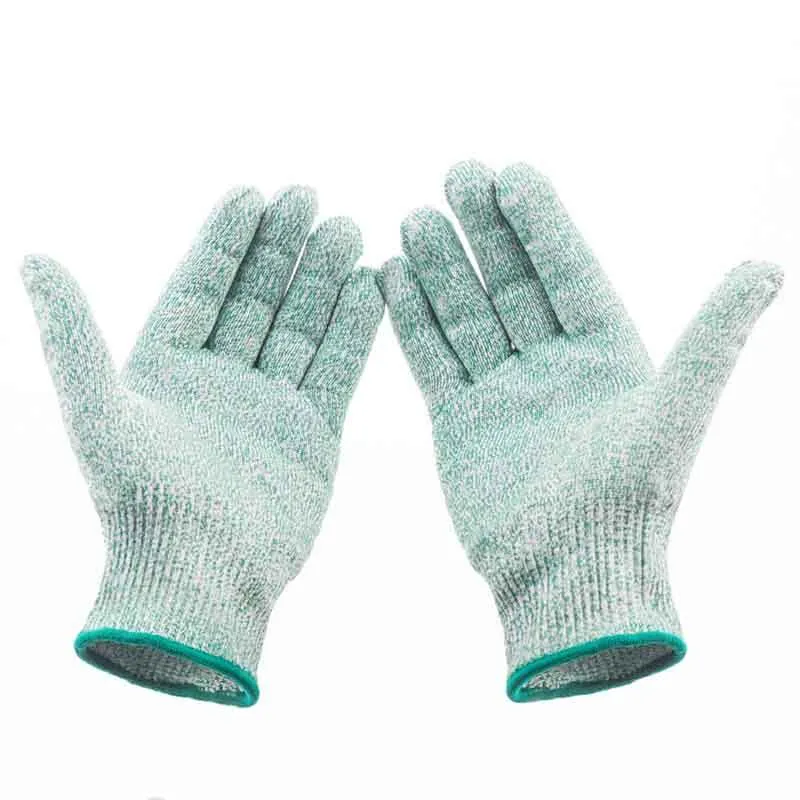oem bs en 397 safety helmet
Understanding OEM BS EN 397 Safety Helmets A Guide for Workplace Safety
In the realm of occupational safety, the equipment worn by workers plays a pivotal role in reducing injuries and fatalities. Among the various safety gear, helmets are arguably one of the most crucial items, especially in construction, manufacturing, and other high-risk industries. The BS EN 397 standard is pivotal in ensuring that safety helmets provide the necessary protection, and Original Equipment Manufacturers (OEM) play a significant role in the production of helmets that comply with this standard.
What is BS EN 397?
BS EN 397 is the European standard that specifies the requirements and test methods for safety helmets for general use in industry. It lays down the criteria for materials used, design specifications, and performance against various hazards, including impact and penetration resistance, as well as the helmet's ability to withstand heat. This standard was developed to ensure that helmets provide adequate protection from falling objects, bumps, and even electrical hazards under normal working conditions.
The Role of OEM in Helmet Production
Original Equipment Manufacturers are responsible for producing safety helmets that meet international specifications including BS EN 397. OEMs invest substantial resources in research and development to innovate and improve helmet designs. This includes incorporating advanced materials and technologies to enhance comfort, fit, and, most importantly, safety. For instance, many OEMs now incorporate high-density foam liners for better shock absorption and improved ventilation systems to enhance comfort during prolonged use.
Key Features of BS EN 397 Safety Helmets
When evaluating safety helmets that adhere to BS EN 397, several key features should be considered
1. Impact Resistance Helmets must withstand a specified drop height and weight to ensure they can protect the user's head from impact, which is a critical consideration in environments where falling objects are a risk.
oem bs en 397 safety helmet

2. Penetration Resistance Safety helmets are tested against sharp objects to ensure that they provide adequate protection from penetration injuries.
3. Electrical Insulation Certain helmets may include electrical insulation tests, making them suitable for environments where contact with electrical lines is possible.
4. Chin Strap Performance The chin strap is vital for keeping the helmet in place during a fall or impact. BS EN 397 includes tests to ensure the strap can withstand certain forces without breaking.
5. Heat Resistance Helmets are also tested for their ability to withstand high temperatures, ensuring that they don’t deform or lose protective properties when exposed to heat.
Importance of Compliance
For employers, choosing helmets that comply with BS EN 397 is not just about adhering to regulations; it is a fundamental part of ensuring employee safety and maintaining a culture of safety in the workplace. Compliance helps mitigate the risk of injuries and liabilities while fostering trust among employees that their well-being is a priority.
Conclusion
In conclusion, the BS EN 397 standard is a cornerstone of safety in industries where head protection is essential. The role of OEMs in providing helmets that meet these standards cannot be overstated. When selecting safety helmets, it is imperative for organizations to ensure that the products they choose adhere to these rigorous safety requirements. Doing so not only protects workers but also enhances overall workplace safety and productivity, ultimately saving lives and resources in the process. By prioritizing quality and compliance, businesses can foster a safer working environment for all employees.
-
CE Certified Workwear | Durable Safety Clothing
NewsAug.04,2025
-
Women's Safety Clothing Canada | AI-Enhanced Workwear
NewsAug.03,2025
-
Top Safety Clothing with AI-Driven Protection
NewsAug.02,2025
-
Top HDPE Safety Helmets - Lightweight, Durable Head Protection
NewsAug.01,2025
-
Top AI Safety Clothing with GPT-4 Turbo | Smart Protection
NewsJul.31,2025
-
Face Shield Safety Helmet with GPT-4 Turbo AI Safety
NewsJul.31,2025
